Peperomia Plant: [Planting, Care, Irrigation and Substrate]
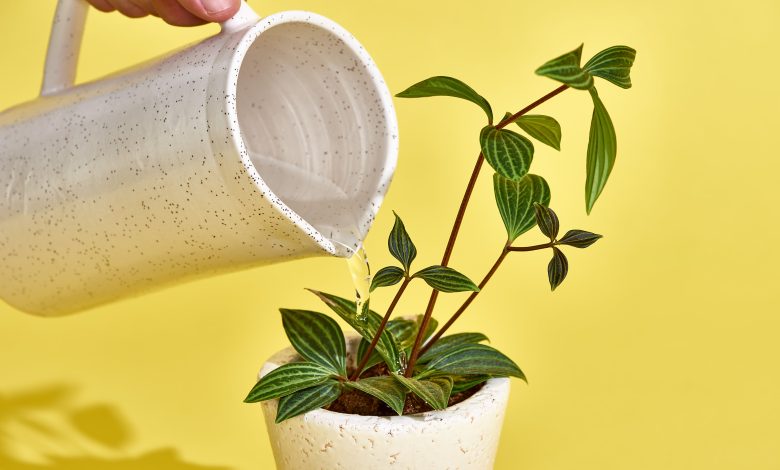
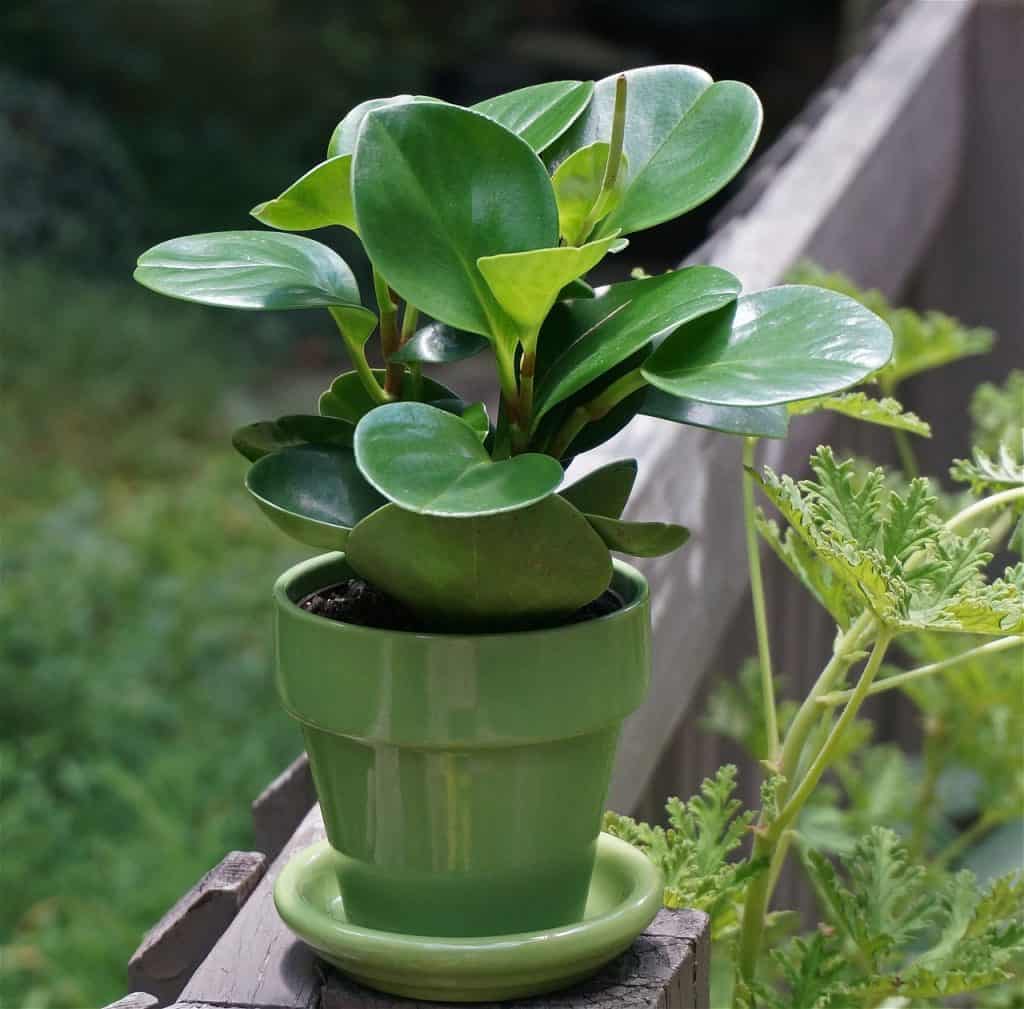
With the scientific name Peperomia, this plant is also popularly known as Navel of the Earth, Pepper Tree or Mouse Tail. They are included in the Piperaceae family.
They are native to subtropical and tropical regions of Asia, more specifically in the area of influence of the Pacific Sea.
There are also beautiful varieties in South America.
The different types of Peperomia, counted in more than a thousand, exhibit differentiated shades of color in their leaves, very fleshy, very showy thanks to a very characteristic shine.
With stems that are initially upright in the early stages of growth, but later arch or bend naturally.
It is sometimes confused with an artificial plant, given the waxy appearance of its leaves, which can be mistaken for plastic material.
It has a tiny flower, not at all showy, which is grouped in a white spike. These are the best known species: Peperomia angulata, Peperomia scandens, Peperomia metallica, Peperomia magnoliifolia, Peperomia hederiefolia and the most popular, Peperomia caperata.
It is highly recommended indoors. Also does well as a hanging plant. Peperomia obtusifolia, which grows in South America, is ideal for decorating well-lit spaces in your home.
Temperature: Where do we plant the Peperomia?
The best temperature for Peperomia is between 16 to 21 °C. And as for the minimum that it resists, it is 4°C.
Light: What needs do you have?
At home, you should have it in a lighted space, without the sun’s rays falling directly on its leaves. Also remember that if the place is very opaque it will not develop normally. Lack of light retards their growth.
In general, all variegated plants always need a good daily dose of natural light, because photosynthesis is less intense.
Substrate and Fertilizer: How to prepare the land?
A good substrate also helps a lot to grow robust, in good health.
A mixture of garden soil mixed with 1/3 of sand and the same amount of acid soil will suffice for it to acquire all the necessary nutrients while the excess water that comes from irrigation drains off.
And between spring and autumn, you must supply it with a fertilizer of mineral origin mixed with the irrigation water. Never spread it on her in concentrated form.
Once a month is the ideal frequency to pay this indoor plant.
How to plant Peperomia
- To carry out the transplant, first prepare a good hole in the ground. It must have at least a little more diameter than the pot and greater depth.
- Water said hole and let it sit for a while. This way the soil is not waterlogged, but the hole is moist.
- Put compost or another substrate to nourish the soil.
- Carefully lift the peperomia plant out of the pot and place it in the hole.
- Re-bury the roots with the soil you previously removed.
- Water again, lightly.
Irrigation: how often and how?
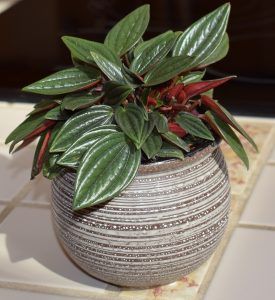 As this plant is also demanding in terms of environmental humidity, which must always be high, you can adopt the following technique to have a beautiful Peperomia at home.
As this plant is also demanding in terms of environmental humidity, which must always be high, you can adopt the following technique to have a beautiful Peperomia at home.
Find a large potted dish and cover the entire surface with gravel or gravel. Above, you can place the Peperomias you want in individual pots, 2 or 3 will be very good.
The water that covers the gravel can be calculated with a finger. That will be the measure that guarantees an adequate level of humidity for this plant.
However, conventional irrigation will always be moderate, with enough time between one and the other, to allow the total absorption of the water you pour.
In winter you already know that it should be reduced as much as possible, to avoid rotting of roots and stems. And when summer arrives, you can put it somewhere outside, but with good shade, so that it receives a good dose of sun, without excesses.
Finally, remember that its striking leaves should not get abundantly wet.

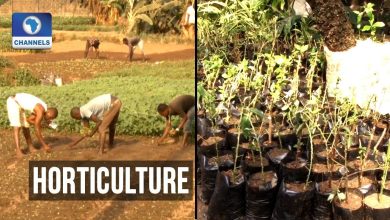
![Photo of Echeveria: [Cultivation, Irrigation, Associations, Pests and Diseases]](https://www.complete-gardening.com/wp-content/uploads/2022/08/echeveria-cultivation-irrigation-associations-pests-and-diseases-390x220.jpg)
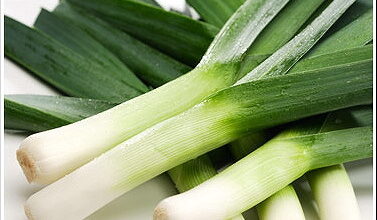
![Photo of White Orchid Care: [Soil, Moisture, Pruning and Problems]](https://www.complete-gardening.com/wp-content/uploads/2022/08/white-orchid-care-soil-moisture-pruning-and-problems-390x220.png)